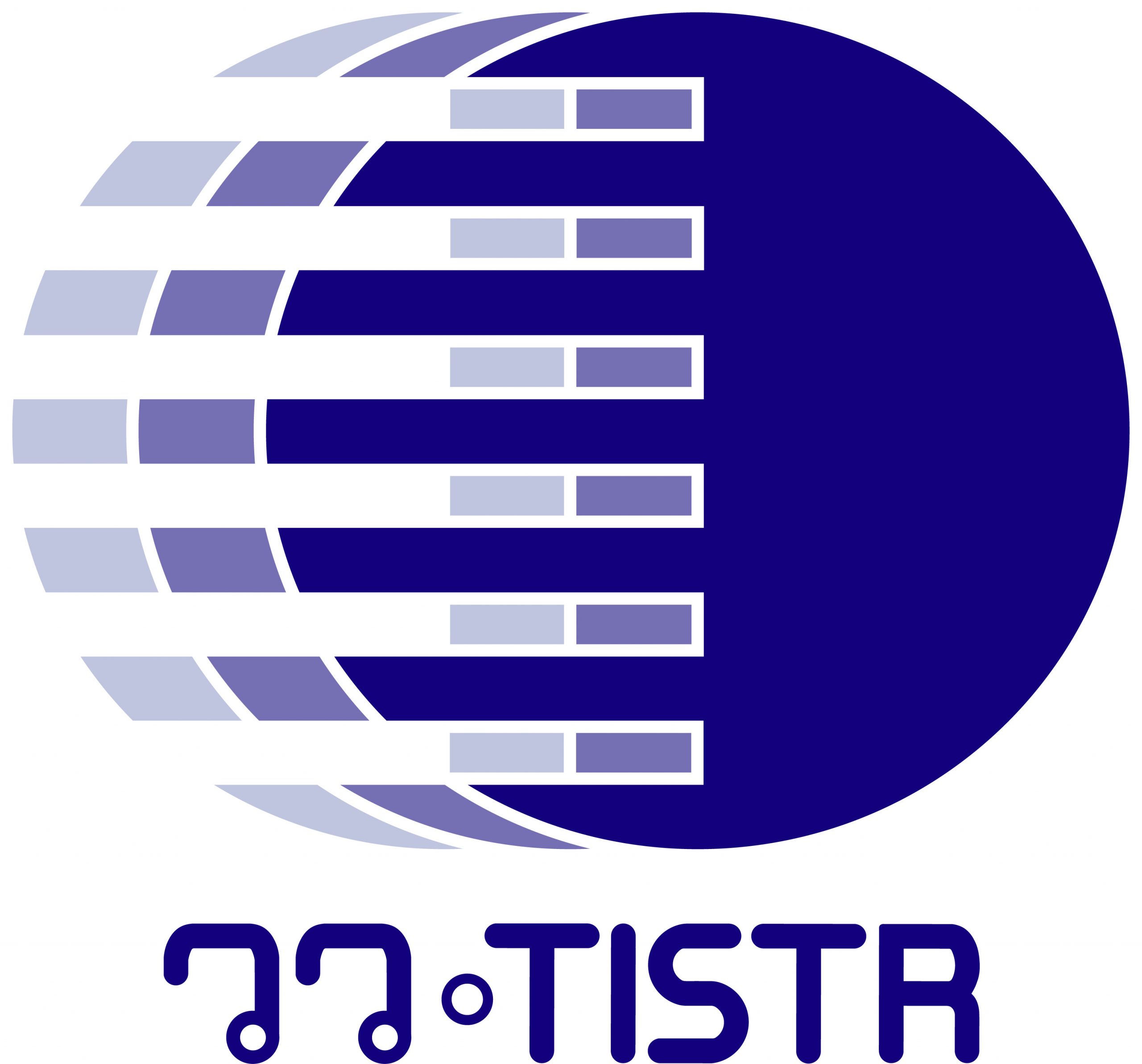Role of Management
CLIMATE CHANGE
Role of the management as an agent of change
The effort to identify climate risk, coordinate the mitigation of risks and identify where opportunities are, is multi-faceted for every business and is most effective when there is a strong, coordinated approach. This would require engagement from board level downwards, depending on the size and complexity of the business and management approach. C-Suite engagement ensures that climate risk management and opportunity identification is given the appropriate level of priority within the company.
Taking into consideration the differing definitions of company sizes across the ASEAN markets, the following suggested roles and responsibilities might be applicable to all SMEs regardless of size, or typically only applicable to medium-sized firms with more distinct and formalised responsibilities between Board of Directors, C-suite and senior management team.


There will need to be a concerted effort to support the upskilling and development of personnel all the way from Board of Directors, Senior management and staff. Please refer to resources under “Support available to SMEs and women-owned SMEs on Climate Change” to identify where there are national programmes or donor funded programmes for training.
A key success factor to ensure adoption of climate strategies across SMEs is to carry out pilot projects or resiliency exercises that are geared towards fostering awareness among employees first and foremost. There is a fair amount of tailoring required to suit the specifications of companies, depending on their size, industry and geographic location of operations. It is therefore an imperative for Boards to mobilize their Management Teams to properly screen, do due diligence and qualify climate action solutions before rolling them out across the entire organisation. An effective mechanism to narrow the range of options available in the market is to test, iterate and solicit feedback from the first responders of any organisation: its employees. Staff provide the most meaningful feedback to generate effective iterations of any project, and most importantly, serve as ambassadors that will ensure wider scale adoption.
There will need to be a concerted effort to support the upskilling and development of personnel all the way from Board of Directors, Senior management and staff. Please refer to resources under “Support available to SMEs and women-owned SMEs on Climate Change” to identify where there are national programmes or donor funded programmes for training.
A key success factor to ensure adoption of climate strategies across SMEs is to carry out pilot projects or resiliency exercises that are geared towards fostering awareness among employees first and foremost. There is a fair amount of tailoring required to suit the specifications of companies, depending on their size, industry and geographic location of operations. It is therefore an imperative for Boards to mobilize their Management Teams to properly screen, do due diligence and qualify climate action solutions before rolling them out across the entire organisation. An effective mechanism to narrow the range of options available in the market is to test, iterate and solicit feedback from the first responders of any organisation: its employees. Staff provide the most meaningful feedback to generate effective iterations of any project, and most importantly, serve as ambassadors that will ensure wider scale adoption.


Leadership
- Define company goals & targets
- Review business model & identify necessary changes in operations / incentives for staff
- Define roles & responsibilities for implementing strategy
- Secure Financial & Human Capital for transition

Staff Training
- Improve management and staff understanding of the impact of climate change on business (risks & opportunities)
- Train staff on revised strategy and how this will affect operations (new normal)

Partnerships & Engagement
- Public commitment
- Supplier engagement
- Partnerships with community & national champions

Monitoring
- Monitor & Report Progress
- Evaluate strategy and adjust as needed
- Monitor Supplier participation
Roles & Responsibility
The governance mechanism to address climate risk and opportunity should be aligned for each company according to its existing risk management and investment management governance approaches. Typically, this involves the Board of Directors, C-suite and Senior management individuals or committees. The following tables outline the typical roles & responsibilities, including key department leadership.
Board of Directors
Roles & Responsibility
 Identify Board committee or independent and non-executive individual that will be provide oversight for climate risk and opportunity
Identify Board committee or independent and non-executive individual that will be provide oversight for climate risk and opportunity Update organisation vision and mission to include consideration of climate issues
Update organisation vision and mission to include consideration of climate issues Approve organisational targets
Approve organisational targets Approve monitoring and evaluation mechanism
Approve monitoring and evaluation mechanism
Applicability (All SMEs, Medium sized companies and above)
All companies. In companies with constraints in appointing independent and non executive individual, a committee approach would be preferable.
CEO, CFO, COO, or when appointed Chief Sustainability Officer
Roles & Responsibility
 Define organisational targets and approve plans to achieve targets
Define organisational targets and approve plans to achieve targets Define role and responsibilities for staff within the organisation and identify working-level champions to lead effort in senior management team
Define role and responsibilities for staff within the organisation and identify working-level champions to lead effort in senior management team Lead regular reviews of progress towards targets and report to board
Lead regular reviews of progress towards targets and report to board Approve key investment needs
Approve key investment needs
Applicability (All SMEs, Medium sized companies and above)
All companies.
Senior Management individuals or a committee
Roles & Responsibility
 Lead development of climate risk management and opportunity assessment strategies, metrics to measure success
Lead development of climate risk management and opportunity assessment strategies, metrics to measure success Coordinate implementation of plans to achieve targets, progress reporting and risk/opportunity identification
Coordinate implementation of plans to achieve targets, progress reporting and risk/opportunity identification Execute, review, propose key investment needs, and iterate
Execute, review, propose key investment needs, and iterate
Applicability (All SMEs, Medium sized companies and above)
Medium sized and above.
Finance/Procurement Department Heads
Roles & Responsibility
 Identify, quantify capital expenditure needs to support climate strategy and decision making, including using life-cycle costing and incorporating internal carbon pricing approaches
Identify, quantify capital expenditure needs to support climate strategy and decision making, including using life-cycle costing and incorporating internal carbon pricing approaches Support financial savings estimates and reviews in a timely fashion
Support financial savings estimates and reviews in a timely fashion Establish appropriate procurement guidelines and policies that integrate and encourage climate considerations (e.g. energy efficiency, emissions calculations reporting) into procurement process
Establish appropriate procurement guidelines and policies that integrate and encourage climate considerations (e.g. energy efficiency, emissions calculations reporting) into procurement process Engage suppliers on company’s climate strategy and vision, and structure win-win solutions that are fair to all stakeholders involved
Engage suppliers on company’s climate strategy and vision, and structure win-win solutions that are fair to all stakeholders involved
Applicability (All SMEs, Medium sized companies and above)
All companies. Depending on how company is organised internally, the different responsibilities might be combined or separated
Risk/ Compliance Department Heads
Roles & Responsibility
 Identify and assess materiality of the different climate risks, including regulatory level risks, and consider whether any should be categorised as principal risks for the business
Identify and assess materiality of the different climate risks, including regulatory level risks, and consider whether any should be categorised as principal risks for the business Suggest appropriate departmental responsibility for ownership of risk management
Suggest appropriate departmental responsibility for ownership of risk management Establish risk management approach to regularly report level of risks and mitigation progress
Establish risk management approach to regularly report level of risks and mitigation progress
Applicability (All SMEs, Medium sized companies and above)
All companies. Depending on how company is organised internally, the different responsibilities might be combined or separated
Energy/ Technical Design Department Heads
Roles & Responsibility
 Lead responsibility for the delivery, review, and development of the energy efficiency and transition strategy or technical assessments of product design to align to climate strategy
Lead responsibility for the delivery, review, and development of the energy efficiency and transition strategy or technical assessments of product design to align to climate strategy Capture the status of actions from previous reviews
Capture the status of actions from previous reviews Assess any external and internal capacity to deliver strategy
Assess any external and internal capacity to deliver strategy Assess any risks and opportunities under the strategy
Assess any risks and opportunities under the strategy Report regularly to the senior management on progress and actions for continued improvements
Report regularly to the senior management on progress and actions for continued improvements Support assessment of key investment projects needs
Support assessment of key investment projects needs
Applicability (All SMEs, Medium sized companies and above)
All companies. Depending on how company is organised internally, the different responsibilities might be combined or separated
Human Resource Department Heads
Roles & Responsibility
 Rollout induction and regular training programmes company-wide for different levels (C-Suite to staff)
Rollout induction and regular training programmes company-wide for different levels (C-Suite to staff) Ensure hiring matrix includes relevant knowledge base on climate issues in key roles
Ensure hiring matrix includes relevant knowledge base on climate issues in key roles
Applicability (All SMEs, Medium sized companies and above)
All companies. Depending on how company is organised internally, the different responsibilities might be combined or separated
Marketing and Communications Department Heads
Roles & Responsibility
 Creation of internal communication channels to regularly disseminate information on climate risk, approach, challenges and successes
Creation of internal communication channels to regularly disseminate information on climate risk, approach, challenges and successes Establish external stakeholder engagement strategy and implementation plan for climate risk
Establish external stakeholder engagement strategy and implementation plan for climate risk Ensure clear description of climate risk assessment process and strategy in annual reporting
Ensure clear description of climate risk assessment process and strategy in annual reporting
Applicability (All SMEs, Medium sized companies and above)
All companies. Depending on how company is organised internally, the different responsibilities might be combined or separated
Technological Investments

